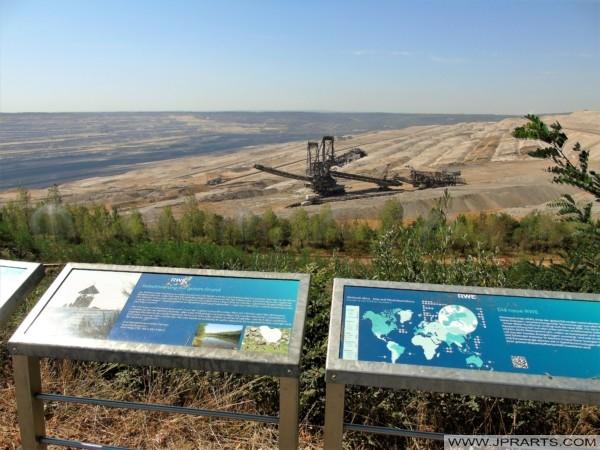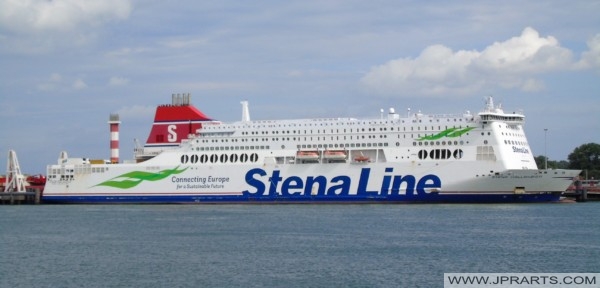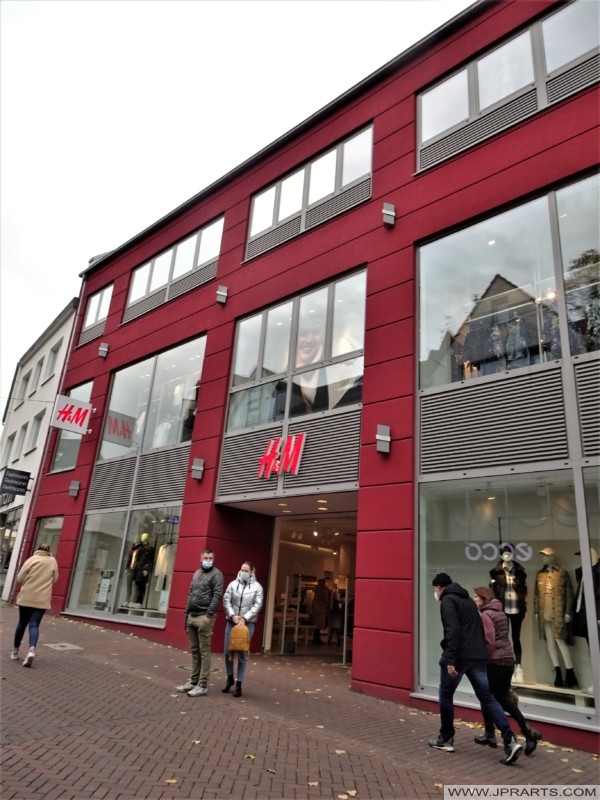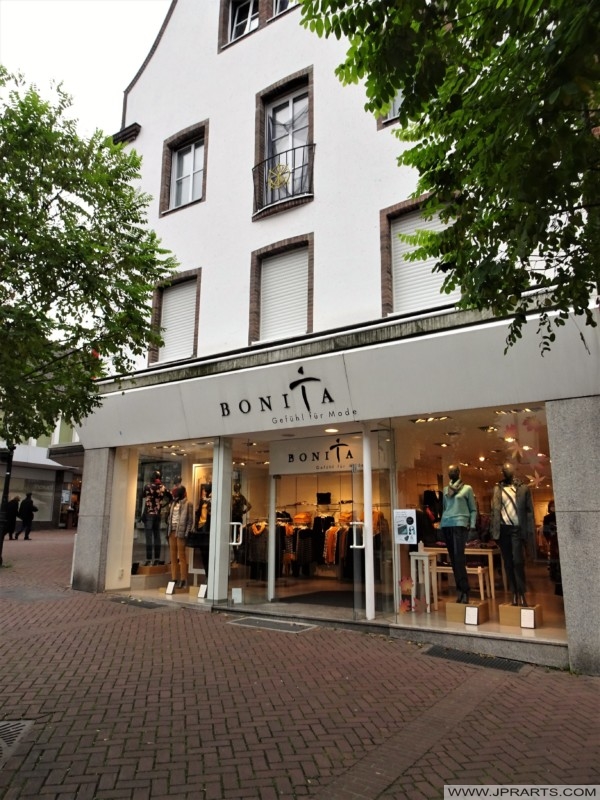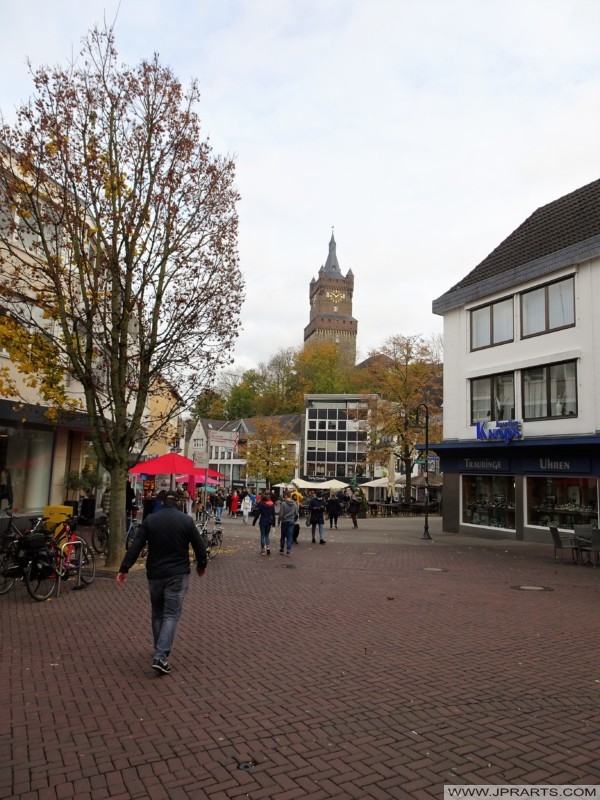The Tagebau Hambach is a large open-pit coal mine (German: Tagebau) in Niederzier and Elsdorf, North Rhine–Westphalia, Germany. It is operated by RWE and used for mining lignite. The mine is on the site of the ancient Hambach Forest, which was purchased by RWE in 1978. The company then cut most of the forest down and cleared it to mine. Only 10% of the forest area remains. RWE planned to clear half of the remaining area between 2018 and 2020. This plan was met with massive protests in the autumn of 2018 and was temporarily stopped in October 2018 by the supreme administrative court of North Rhine–Westphalia (Oberverwaltungsgericht für das Land Nordrhein-Westfalen).
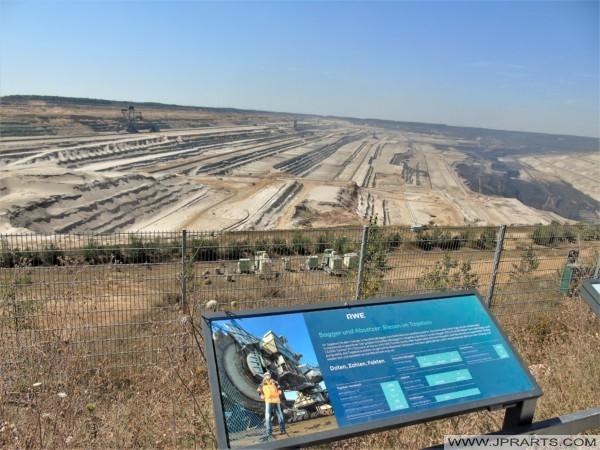
Hambach Mine in Germany
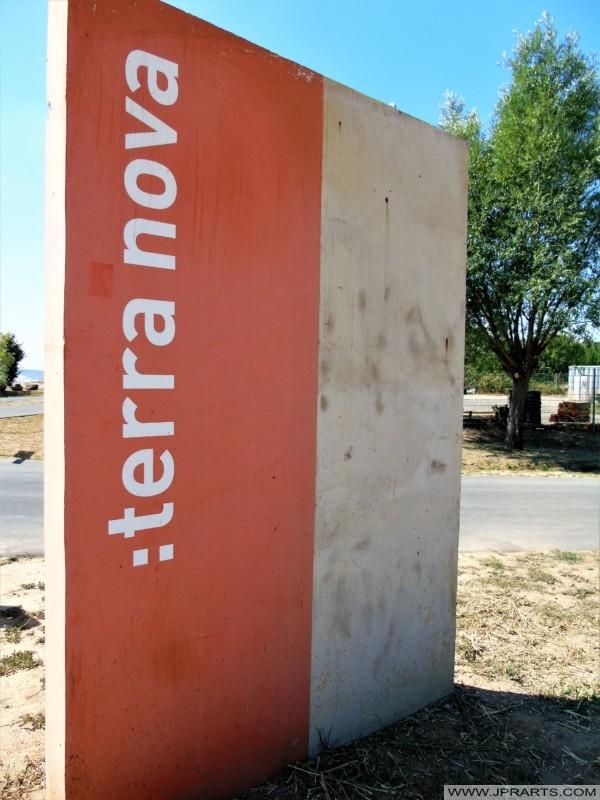
Mina a Cielo Abierto Hambach en Alemania
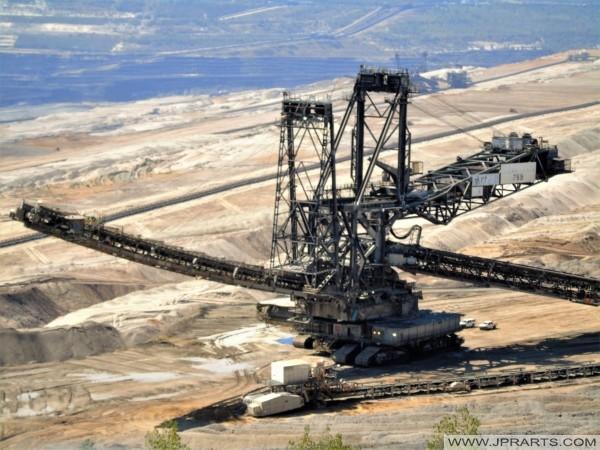
Tagebau Hambach in Deutschland
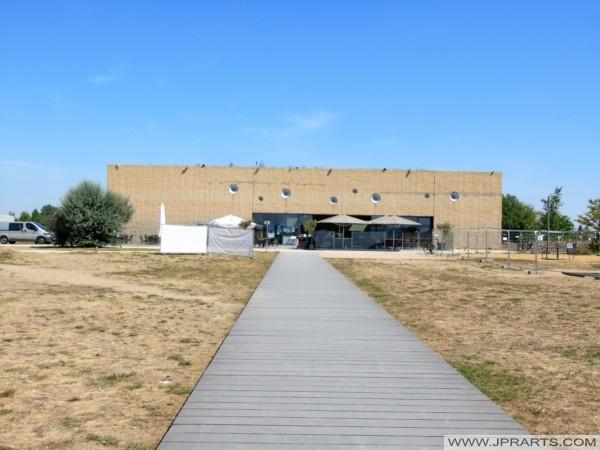
Hambach is the largest open-pit mine in Germany, with an area of 3,389 hectares (as of 2007), with an approved maximum size of 8,500 hectares. About forty million tons of lignite are produced annually in this mine. It has recently been estimated that 1,772 million tons of lignite are still available for mining. The lignite was created from extensive forests and bogs, which developed in the Lower Rhine Bay between thirty and five million years ago. The geology of the Lower Rhine Bay is characterized by long-lasting subsidence movements in the last thirty million years, which led to the deposition of up to 1,300 m-thick sediment layers through the North Sea and many rivers.
德国汉巴赫露天矿

Шахта Хамбах в Германии
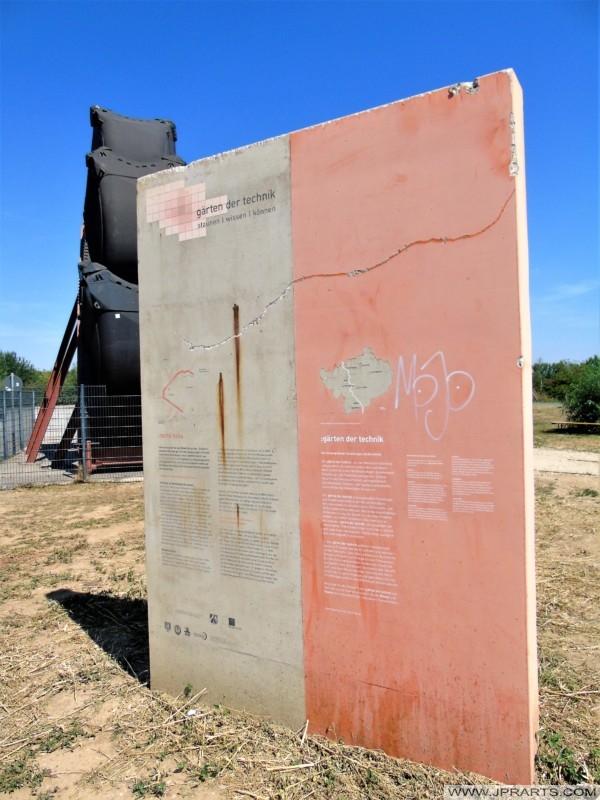
Mine à Ciel Ouvert de Hambach en Allemagne
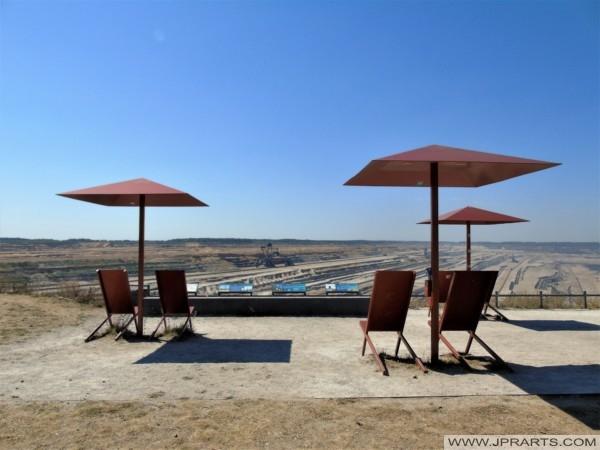
At 299 m below sea level, the deepest point of the Hambach open-pit mine forms the deepest artificial depression in North Rhine-Westphalia. Since 1995, the giant bucket-wheel excavator Bagger 293 is used to remove the overburden. It holds several Guinness records for terrestrial vehicles.
The open-cast mine annually produces a spoil amount of 250 to 300 million m³. The ratio of overburden to coal is 6.2:1. The extracted lignite is transported via the Hambach industrial spur to Bergheim – Auenheim, and from there via the North–South industrial spur to the power stations Niederaussem, Neurath, Frimmersdorf, and Goldenberg, near Hürth-Knapsack. The overburden was, until 16 April 2009, partially transported by conveyor belt to the Bergheim mine, which has run out of coal and therefore been refilled and recultivated. The visible mark of the open pit is the Sophienhöhe spoil tip, which is considered to be the largest human-made hill, towering over the flat landscape by 200 metres.
Bruinkoolmijn van Hambach in Duitsland
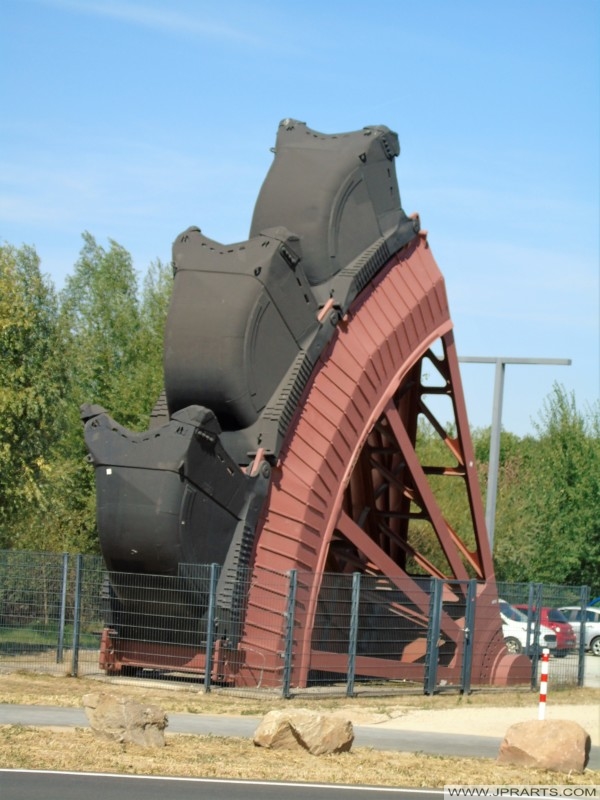
Almanya’da Hambach Yüzey Madeni
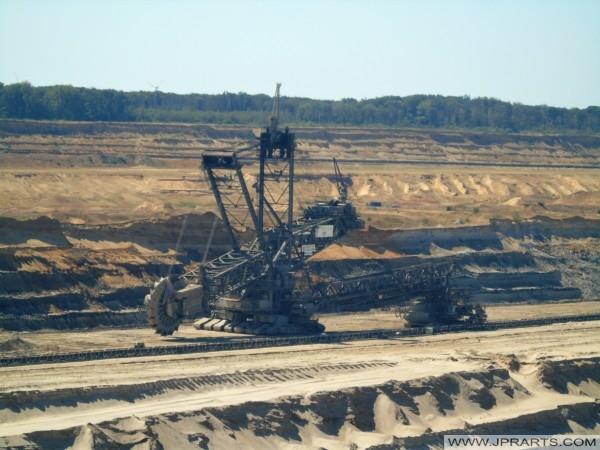
منجم هامباخ السطحي في ألمانيا
In 2004, Greenpeace activists demonstrated against climate damage in the Hambach mine due to power generation using lignite. They flew over the open pit with a hot air balloon, occupied an excavator for several days, and painted it partly pink. In 2009, the joint activity of the local action group of citizens’ initiatives against the relocation of the A4 and Friends of the Earth Germany (BUND) failed before the Federal Administrative Court. The plaintiffs tried to stop the relocation of the A4, which was deemed necessary for the planned extension of the open-pit mine and justified this, inter alia, with feared noise pollution, as well as the possible threat to the protected Bechstein bat and other species.
From 2013, the open-pit area is to be extended southeast. For this, the villages of Morschenich and Manheim must be relocated. The A4 motorway and the Hambach industrial spur, by which the lignite is transported to the power stations, were laid around three kilometres to the south, parallel to the Cologne-Aachen railway line. In addition, a small piece of the federal highway 477 was moved east. Due to the accumulation of about 1 km³ of material at the Sophienhöhe and the extracted coal, a residual hole was created, which is set to be filled with water after the completion of mining activities.
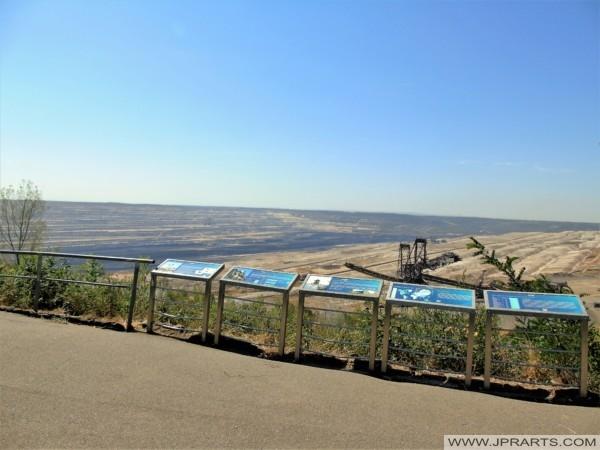
Kopalnia Odkrywkowa Hambach w Niemczech
Visit Germany Travel to Book Flights and Hotels Easy Online
Visit the Cheap Webshop for Blu-rays, Books and DVDs



